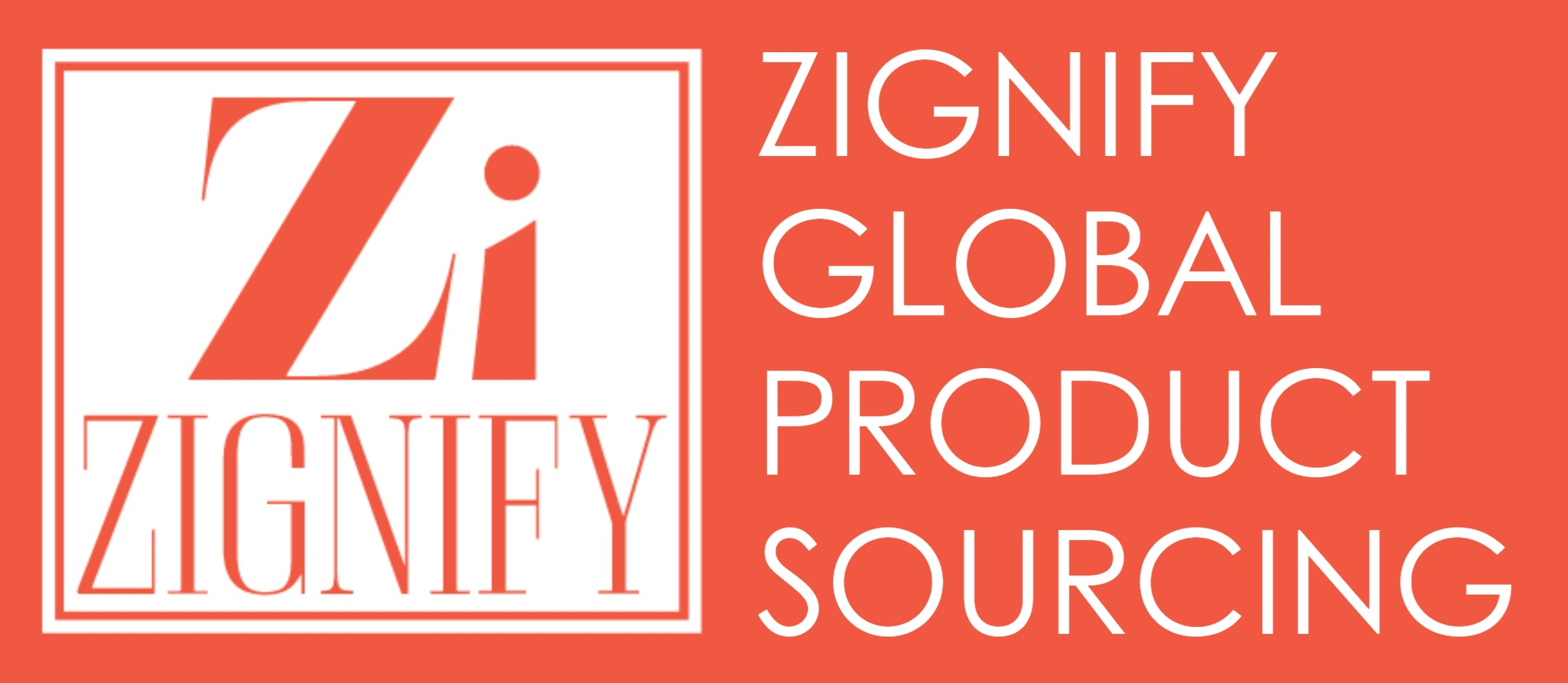
As the year comes to a close, it’s crucial to start preparing for a strong Q1 in 2025, especially if you’re in e-commerce, product sourcing, or manufacturing. With Chinese New Year (CNY) falling between Jan 29th and will last to Feb 2nd, it’s a period that can significantly disrupt supply chains if not planned properly.
Here’s how you can get ahead and ensure your production runs smoothly into the new year.
1. Plan Around the Chinese New Year (CNY) Shutdown
One of the biggest challenges in early Q1 is navigating around the Chinese New Year (CNY) holiday. This time of year sees factory shutdowns across China as workers take weeks off to celebrate.
- Factory closures: Factories in China typically halt production for 2-4 weeks, and some may close even earlier in December. This makes the months leading up to CNY a particularly busy time.
- Delayed reopening: Though the official holiday lasts 7-10 days, production often resumes slowly as not all workers return immediately.
Action Plan:
- Order early: To avoid delays, place orders before the holiday rush begins. Talk to your suppliers about their schedules to adjust accordingly.
- Stock up: Ensure your inventory covers not just the holiday but also the post-CNY recovery period when production may be slow to restart.
- Communicate proactively: Maintain clear communication with your suppliers to know their exact holiday plans and adjust your timelines as needed.
Chinese New Year 2024: Essential Dates You Ought to Know
The key dates are:
2025 Chinese New Year’s Day: January 1, 2025.
2025 Chinese New Year’s Eve: February 28, 2025.
2025 Chinese Spring Lantern Festival: February 12, 2025.
2025 Chinese New Year Holiday: January 29, 2025– February 3, 2025.
The Impact on Supply Chains
The CNY shutdown is not merely a local affair; it reverberates through the global supply chain, affecting production, operations, capacity, schedules, and transportation. The production slowdown, initiated weeks before the official holiday, creates a domino effect, introducing challenges that businesses must strategically navigate.
While the official celebration lasts a week, the factories begin closing 2-4 weeks ahead, ceasing production in mid-January. The pressure to meet deadlines before the holiday often results in rushed production, raising concerns about product quality. The weeks leading up to Chinese New Year witness a surge in shipping demand as businesses worldwide strive to move goods out of China before the holiday.
This heightened demand strains major ports, causing shortages of containers and vessels. The subsequent increase in shipping costs and processing time becomes a logistical hurdle for companies across the globe.
Delays in shipping are worsened by the ongoing supply chain disruptions, such as ongoing trade wars, port strikes, extreme weather events( tornadoes, hurricanes, wildfires) drought in Panama, flash flooding, and global political unrest to mention but a few.
Q1 is often packed with demands from holiday sales, restocking, and new product launches. Establishing firm deadlines will help avoid chaos.
- Competing orders: Leading up to CNY, factories are inundated with last-minute orders, and unclear deadlines could result in your production being deprioritized.
- Longer shipping times: Shipping delays can occur due to holiday congestion, so setting clear deadlines ensures your products ship on time.
Action Plan:
- Discuss timelines with manufacturers: Confirm production and shipping dates early on to avoid surprises.
- Account for shipping delays: Build in extra time for shipping during the holiday season and immediately afterwards.
- Prepare for demand spikes: If your business expects high demand in January, make sure production ramps up smoothly to meet it.
3. Forecast Your Demand Early
Accurate forecasting is crucial for ensuring you have the right inventory levels for Q1, whether dealing with leftover holiday sales or gearing up for new product launches.
- Avoid stock mismanagement: Misjudging demand can lead to excess inventory tying up cash or understocking, resulting in missed sales.
- New products: If you’re launching new products, plan production carefully to avoid delays, especially with CNY on the horizon.
Action Plan:
- Analyze sales data: Use historical data to predict demand, while factoring in potential CNY delays.
- Align your team: Ensure everyone, from procurement to sales, is on the same page about forecasts and timelines.
- Monitor market trends: Stay updated on shifts in consumer demand to adjust your stock levels accordingly.
4. Diversify Your Suppliers
Relying on a single supplier, especially during holiday periods like CNY, can leave you vulnerable to delays. Diversifying your supply chain adds flexibility.
- Reduce risks: If one supplier shuts down, having alternatives means production can continue uninterrupted.
- Global flexibility: Sourcing from multiple countries helps mitigate risks from political or economic factors in any one region.
Action Plan:
- Research new suppliers: Consider adding suppliers from countries like India, Vietnam, or Indonesia to avoid relying solely on Chinese manufacturers.
- Split orders: For critical products, distribute orders across multiple suppliers to minimize risks.
5. Stay on Top of Shipping and Logistics
Shipping delays can extend well into Q1 due to the post-CNY rush. With many businesses trying to ship products, freight capacity tightens, and costs rise.
- Rates fluctuate: Shipping rates tend to spike before and after major holidays, so booking early can help you lock in better rates.
- Freight competition: After CNY, you may face competition for limited shipping slots.
Action Plan:
- Book early: Secure logistics well in advance to avoid post-CNY congestion.
- Diversify your freight partners: Working with multiple freight forwarders can give you more flexibility when capacity is tight.
- Consider alternative routes: Air freight, though more expensive, can be a viable option if sea routes become too congested.
6. Review and Optimize Your Product Line
Q4 is also a good time to reassess your product line and make necessary improvements. Tweaking designs, packaging, or production methods can help streamline your operations in the new year.
- Stay competitive: Small adjustments in design or packaging can significantly impact your market competitiveness and customer satisfaction.
- Increase profitability: Optimizing production processes or packaging can help cut costs without compromising on quality.
Action Plan:
- Collaborate with suppliers: Discuss potential improvements that can be implemented during production, whether for reducing costs or enhancing quality.
- Bundle products: Offering bundles can help increase your average order value while providing more value to customers.
- Optimize packaging: Look for ways to reduce packaging costs, improve sustainability, and lower shipping fees.
7. Stay Connected with Suppliers
Maintaining regular communication with your suppliers is crucial to flag any potential issues early. Frequent check-ins can help prevent minor problems from escalating into larger disruptions.
8. Backup Plans: Always Have a Plan B
Unexpected delays can always occur, so it’s smart to have contingency plans in place. Whether it’s alternative suppliers or different shipping methods, having a backup plan will help keep everything on track.
Final Thoughts: Preparation is Everything
Nailing your Q1 production comes down to thorough preparation. By following these tips, you’ll be in great shape for a smooth start to 2025! And of course, If you have any questions or need a hand with finding the best suppliers for your products, . We’re here to support you every step of the way.
Don’t wait—start taking steps now to avoid the rush and ensure a smooth transition into the new year! Now’s the time to get ahead—2025 will be here before you know it!



